About This Recipe
This is the sweet bread roll you’ve been looking for. It’s the ultimate Hawaiian roll recipe, sweetened and enriched with pineapple juice, sugar, and butter. Made with careful attention to technique, sweet stiff starter and tangzhong help keep these rolls soft and free from a sour flavor. Once you try one, you may never go back.
What Are Hawaiian Rolls?
Hawaiian Rolls are a type of sweet bread roll that originated in the United States, inspired by Portuguese sweet bread and made popular in Hawaii. The most popular Hawaiian roll is “King’s Hawaiian.” They are characterized by their sweet flavor, soft and fluffy texture, and golden brown exterior. Hawaiian rolls compliment both sweet and savory dishes, and are commonly served as dinner rolls or sliders.
Considerations For Enriched Doughs
Enriched doughs, like Hawaiian rolls, contain ingredients that can make it difficult for gluten to come together. Fats (usually butter) and sugars in medium to large amounts mean it is necessary to develop the dough to a windowpane up front, in order to have the best fermentation experience. Without gluten, the dough simply cannot hold in air the same way. A dough that is not developed properly may taste flaky, like a biscuit, instead of tender or airy (as is the goal).
On a scale of 1-10, one being unenriched (like country bread) and 10 being heavily enriched (like panettone), this bread is about an “8” – it contains a high amount of sugar and medium amount of butter. With any enriched dough, I always resort to my stand mixer for the best experience. You’ll find this dough needs at least 20 minutes of kneading to achieve a windowpane. Especially because of the addition of butter, which coats proteins, making it difficult for gluten to bind, I always find this process simpler and more efficient using my stand mixer.
Some home mixers are not built for kneading bread efficiently. Check the manual for your mixer, and be sure it is safe to endure mixing times of up to thirty to forty minutes, just to be on the safe side. The most complicated bread in the bread-making world is panettone, which requires mixing times of up to sixty minutes. It is so very important not to overwork the dough or the motor on your mixer. I love my Ankarsrum stand mixer, which is more than capable of living up to the task of kneading even the toughest of doughs. If you do not own a mixer, it is possible to knead by hand, as long as you are willing to endure the task of kneading to a windowpane up front. You can use any preferred method, or find ideas in my video on methods of gluten development, here.

The “Why” Behind The Starter Build
Why Build A Starter (Levain) For This Recipe?
A “sour” flavor is not generally preferred for sweet breads. By building a levain, we can use a formula that helps to reduce overall sourness in the starter and in the bread. To do this, it is important to understand the starter, which consists of yeast and bacteria, and how the formula works to reduce sourness.
Sourness comes when bacteria are overpopulating in your sourdough starter, meaning they are out of balance with the yeast. This happens naturally, as bacteria reproduce faster than yeast do, especially in ideal climates. To limit sourness, it is important to favor the yeast in starter care. In this levain formula, I do just this in order to limit acidity and reduce overall sour flavor.
Stiff Starter
By giving the yeast more food (this means they can continue to eat, multiply, and produce CO2) and reducing the amount of water (bacteria favor wet climates), we can effectively reduce the amount of acidity in our starter at the same percentage of rise as a starter made with equal amounts of flour and water.
Sugar
This is one of the most important components of this levain – do not skip it! Sugar is a powerful tool. Added in low amounts, it feeds the yeast and speeds up fermentation. Added in high amounts, it dehydrates yeast cells and potentially stops fermentation altogether. Added in just the right amount, the yeast still thrive, but the bacteria suffer. 10-15% sugar in a recipe or levain creates something called “osmotic stress.” This stress to the bacteria limits their ability to reproduce, which limits acid buildup, thereby limiting overall sourness coming from the starter.
Temperature
In order to favor the yeast, I aim to keep this levain between 70-75 F (21-24 C) and use it when it has approximately doubled in size. Yeast produce most abundantly in these temperatures, while the bacteria in your starter (there are two types – lactic and acetic) favor temperatures both higher and lower than this. This specific temperature helps provide balance to the starter, which translates to how efficiently the starter ferments the bread and how mild the overall sour flavor is.
Optional Kneading
Have you ever heard of developing gluten in your starter? While it is not essential, kneading this starter for just a few minutes will help trap air, introducing oxygen and stimulating yeast growth. It also provides structure (by creating a slightly more elastic gluten network), which helps the levain rise and maintain peak more efficiently.
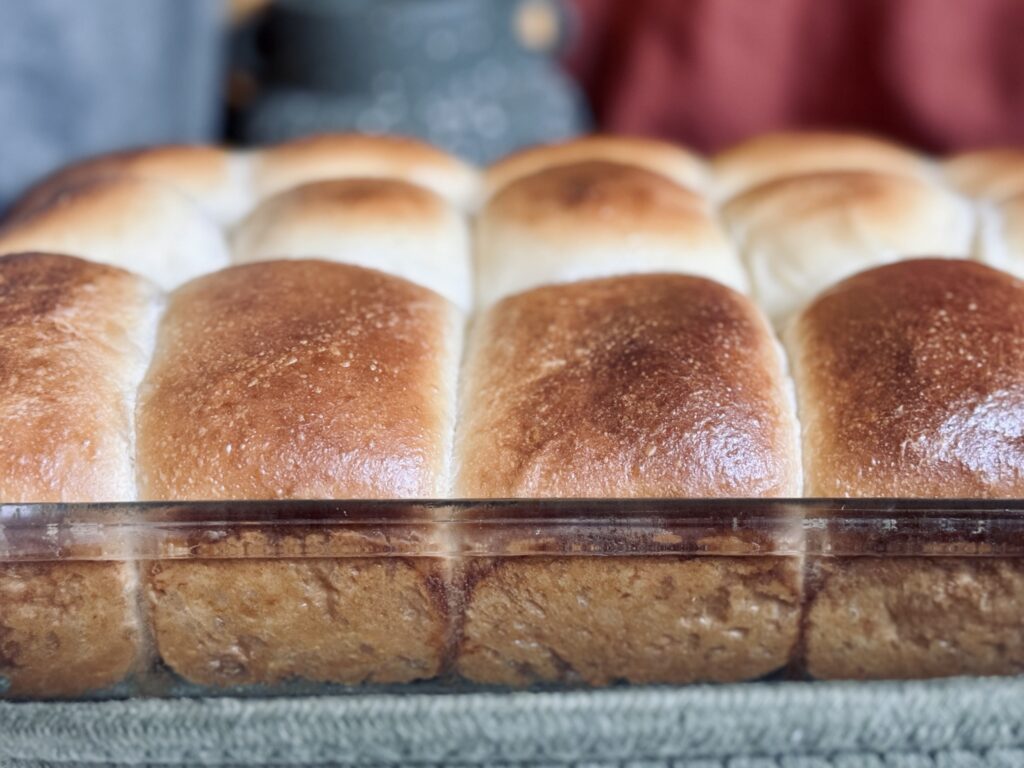
The “Why” Behind The Dough and Process
Lots Of Starter
This recipe makes a very large starter build. That’s because this recipe has a lot of sugar in it (an entire, 6 oz, can of pineapple juice + a whole cup of added sugar). Sugar steals moisture from the dough and suffocates yeast cells, meaning that fermentation just won’t happen without an army of starter.
There are other ways to navigate this problem; however, for this recipe I am assuming that you haven’t trained osmotolerant yeast. Using a heavy amount of sweet stiff starter is the simplest, go-to route to making this recipe immediately.
Tangzhong
Tangzhong is magical, and provides impressive fluff and moisture retention to your bread dough, qualities that can only be achieved through similar techniques (such as yudane or brühstück). It pairs perfectly with soft and fluffy breads, like dinner rolls. Hawaiian rolls are no different.
For this tangzhong, I’ve used pineapple juice as the liquid, as opposed to water or milk. I’d never heard of anyone doing this, so I had to give it a try. Let’s just say it turned out so great that I decided to keep the technique. While you can make tangzhong with any liquid, pineapple juice is a signature ingredient in Hawaiian rolls, and it made the most sense to put it here.
Milk Mixture
This is a technique that stems from the beginning of my bread journey, when I first started making bread doughs using commercial yeast. I have kept this technique for a long time. Recently, though, I have started to change this technique, moving away from heating my milk, butter, and sugar on the stovetop. This is because a well-kneaded enriched dough gains extra heat through friction during mixing; therefore, heating the ingredients is not necessary (and could even bring too much warmth to the dough, depending on your mixer). Despite this, let me tell you my previous reasoning as to why I created a “milk mixture” in this recipe:
By heating the liquid in the recipe with the sugar and the butter, we are able to simultaneously: a) create warmth that gets the yeast moving quicker, b) fully dissolve the sugar, and c) warm the butter without having to remember to soften a stick beforehand. There is not enough butter in this recipe to create greasy dough, as is the case with brioche, so melting (or, partially melting) it is definitely okay.
Let’s talk about the specific ingredients more in-depth:
Milk
Milk is a tightening agent in bread, meaning it makes the gluten network stiffer and stronger, often increasing the time the dough ferments. This is because it takes twice the air to blow up a stiff balloon (our gluten network). However, it also adds a really good flavor and texture to sweet breads. It makes the bread denser, softer, and creamier. It also helps the bread darken in the oven. For these reasons, I love to use milk in my sweet recipes. The milk in this recipe is balanced with the pineapple juice from the tangzhong, which is counters the density from the milk.
Sugar
This recipe contains a lot of sugar, approximately 36%! (That doesn’t include the natural sugars from the pineapple juice.) This amount of sugar is intended to sweeten the dough, although it has consequences. Sugar in this amount not only strains bacteria, it also strains yeast by sucking away at moisture (one of the reasons why this needs to be a fairly wet dough at the start). It also affects the ability of gluten to come together, along with the butter, making mixing this dough to a windowpane up front a must.
Butter
Butter is a tenderizer; it makes the dough fragile and soft. The amount of butter here is about 17% of the total weight of the flour. It does interfere with the gluten network some, but by mixing to a windowpane, all will be well.
Bread Flour
Bread flour increases the strength (elasticity) of the gluten network, which is helpful for enriched doughs containing lots of butter and sugar (like this one). Bread flour also helps the dough come together more efficiently when kneading, reducing the total amount of necessary mixing time. While I used to make this recipe with a blend of all-purpose flour and bread flour, I now use bread flour only, just for the incredible way it holds the dough together. I use King Arthur Bread Flour, protein content about 12.7%, in any recipe that calls for bread flour (unless otherwise noted).
Salt
Salt helps bring out flavor (without salt, bread would taste almost like nothing), but also has notable effects on the dough. Salt is a tightening agent, meaning it, in addition to milk, helps create a more elastic (strong) dough. It does slow fermentation, as well as gluten development, but these are things we must account for in the recipe because we cannot have a recipe without salt. It is important to use just the right amount, enough to bring out the flavor, but not so much that the loaf cannot ferment or come together. I use the standard – 2% salt – in all my recipes, unless otherwise noted.
Egg Yolks
Egg yolks are another source of fat that adds richness and a little bit of moisture to the dough.
Mixing
Because butter and sugar can interfere with gluten’s natural ability to come together over time, it is preferable to knead this dough to complete development up front. That’s why I choose to use a stand mixer – because the process for this can be kind of enduring by hand (though it is possible). Using a stand mixer ensures a perfectly and effectively built dough with minimum effort on the baker’s part. Watch this video for all the ways to develop gluten in your bread.
I want to be more specific in this updated post about how to develop the dough properly in the stand mixer than I was when I originally published this recipe. This way, you can be successful mixing this dough using any stand mixer, or even by hand.
The ultimate goal: to knead this dough to a windowpane before letting it rest. When you pull up on a section of dough, it should not tear. You should be able to stretch the dough to a point where you can see through it before it breaks. The dough will show other signs of being ready, too, such as clinging to itself or forming a ball around the dough hook. If you have a KitchenAid or similar mixer, the stand mixer may start to “jump” when the dough builds sufficient strength.
The first step to achieving this is to mix the dough on a low to medium-low speed until the ingredients are fully combined and the mixture forms one cohesive mass of dough. This step simply brings our dough together and hydrates the proteins in the flour before the speed is increased and the focus shifts from combining ingredients to forming gluten. Too fast a speed during this initial mix can start to organize gluten that is barely created, negatively impacting the development of the dough.
Next, we increase the speed and knead the dough forms a windowpane. The speed you choose is up to you and what your mixer (and dough) can handle. The basic guidelines are this:
- A lower speed will take longer, while a higher speed will knead the dough much faster.
- A lower speed will keep the dough elastic (strong, not stretchy), while a higher speed will create extensibility (stretchiness).
- The dough temperature should not exceed 78 F (26 C).
- Use the guidelines from your mixer to determine what it is able to handle.
This dough in particular has a lot of enrichments. It can be helpful to add certain ingredients later in the mixing process, after gluten has already started to come together. Adding ingredients in chunks can help reduce overall mixing time and keep the dough temperature below 78 F (26 C).
To do this, skip the milk mixture and just use cold milk, granulated sugar, and softened (room temperature) butter. Add the milk in the beginning with the rest of the ingredients, but hold the sugar and butter. Mix the dough until you can pull up on it without it tearing. Then, slowly drizzle in the sugar until dissolved. Last, incorporate the butter, one tablespoon at a time, then continue mixing until your dough has formed a windowpane.
Bulk Fermentation
Letting the dough rise as much as possible, but not too much, contributes to the airiest of loaves. This dough is a slow riser; therefore, I recommend keeping it in a warm environment (around 75 F, 24 C). Watch the dough and ferment until it doubles in size (at least; eight to twelve hours). It should fill a 3.75 qt bowl completely.
If your dough is not rising as it should in twelve hours, there is a problem. It’s likely either a starter issue or a dough that is too elastic from mixing.
Shaping
Rolls are one of the easiest to shape – just divide them and shape them into rounds by tucking all the ends underneath, then cupping your hand over the top and moving it in a circular motion really fast to smooth out the top.
These rolls can be a little bit difficult to handle due to the wet dough + enrichments. Working with a cold dough or lightly oiled hands can be helpful.
Egg Wash
An egg wash helps give the rolls their beautiful brown color. I’ve found the rolls can be colorless without it. However, since this dough contains a hefty portion of sugar, they will brown on their own if they are well-fermented and baked at a high enough temperature for longer.
Baking
I use a combination of temperatures for this bread. 400 F (205 C) helps these rolls get their best oven spring, while 350 F (175 C) helps them finish cooking all the way through without over-browning. A final internal temperature of 185 F (85 C) cooks these rolls until they are just done, retaining some of the moisture and leaving you with the softest and fluffiest end result.

Suggested Timelines
Overnight Timeline
DAY 1
8:00 a.m.
- Make the sweet stiff starter.
- Make the tangzhong (option one).
8:00 p.m.
- Make the tangzhong (option two).
- Make the milk mixture.
8:30 p.m.
- Mix and knead the dough.
9:30 p.m.
- Begin bulk fermentation at 75 F (24 C).
DAY 2
9:00 a.m.
- Shape the rolls.
1:00 p.m.
- Bake and enjoy!
Refrigeration Timeline
DAY 1
9:00 p.m.
- Make the sweet stiff starter.
- Make the tangzhong (option one).
DAY 2
8:30 a.m.
- Make the tangzhong (option two).
- Make the milk mixture.
9:00 a.m.
- Mix and knead the dough.
9:30 a.m.
- Begin bulk fermentation at 75 F (24 C).
9:30 p.m.
- Transfer dough to the refrigerator overnight.
DAY 3
8:00 a.m.
- Shape the rolls.
2:00 p.m.
- Bake and enjoy!
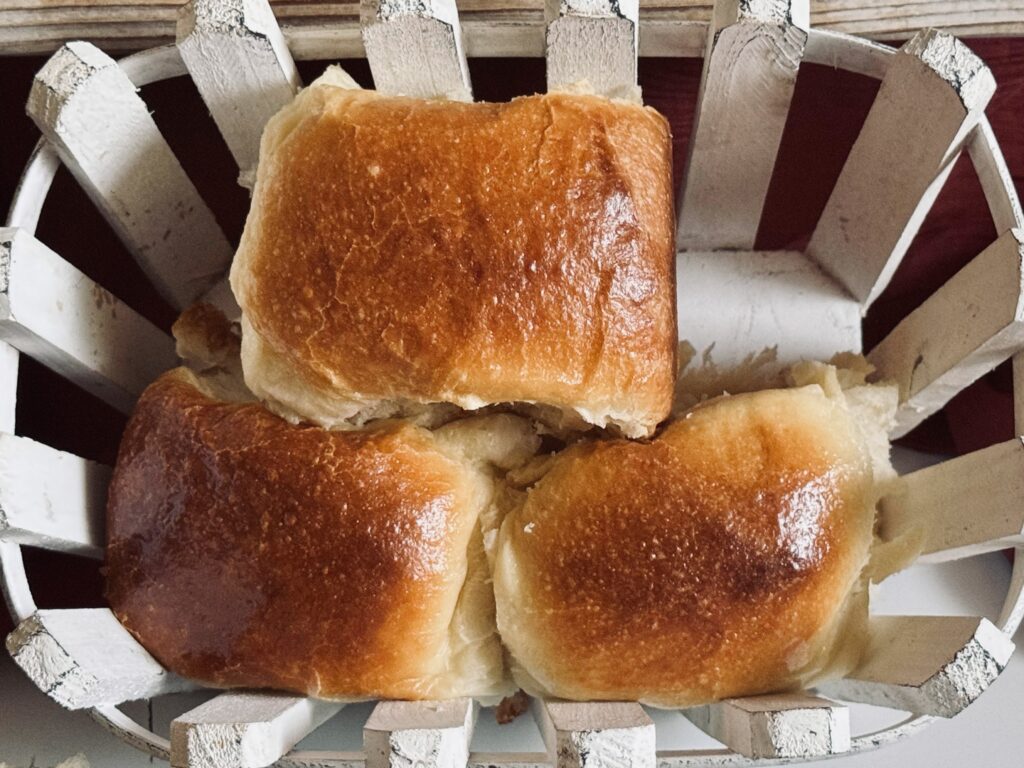
📌 Quick Tip: Read the recipe in its entirety before you start cooking. This will help you understand the ingredients, steps, and timing involved, and allow you to prepare any necessary equipment or ingredients beforehand.
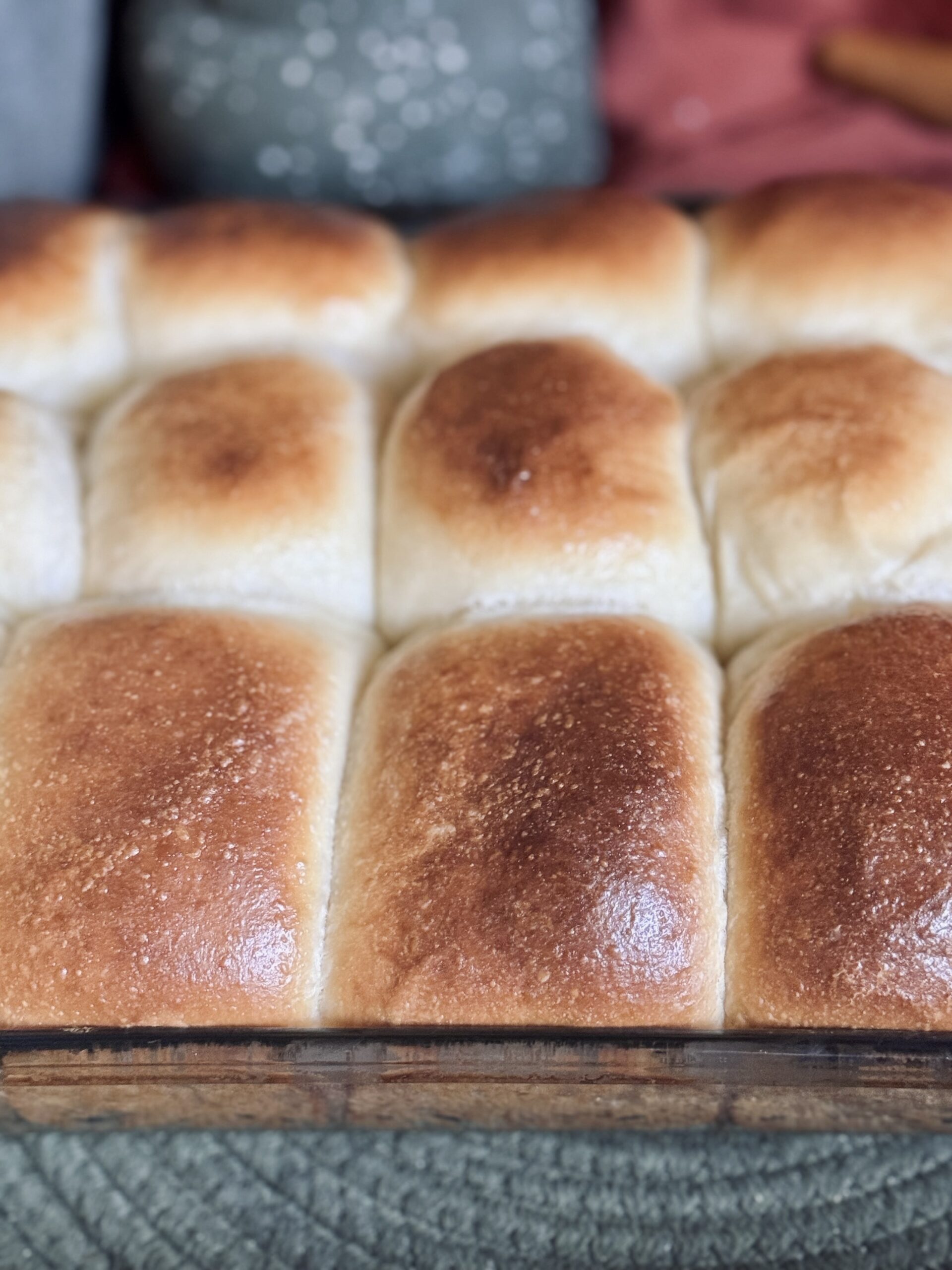
Hawaiian Rolls
Ingredients
Sweet Stiff Starter
Tangzhong
Milk Mixture
Main Dough
Egg Wash
Instructions
-
Make the sweet stiff starter.
Mix together all ingredients for the sweet stiff starter 12 hours before beginning this recipe.
This recipe needs a large amount of yeast and moisture to help it rise because of the amount of sugar that we will be adding to the dough. Without this much starter, fermentation would be incredibly slow. -
Make the tangzhong.
Combine all ingredients for the tangzhong in a small saucepan. Heat over medium-low heat, whisking continuously, until the mixture thickens. Cool completely before incorporating into the dough.
The tangzhong can be made 12 hours before alongside the sweet stiff starter and kept in the refrigerator until you are ready for it, or it can be made alongside the dough and placed in the freezer to cool completely before incorporation. -
Warm the milk mixture.
In a separate, small saucepan, combine milk, sugar, and butter. Heat the mixture until it reaches 95 F (35 C). The sugar should be dissolved and the butter should be partially melted. Cool slightly before incorporating into the dough.
-
Begin the main dough.
Whisk together the flours and salt in the bowl of a stand mixer. Add the remaining ingredients, and give it a rough stir.
-
Knead the dough.
Knead in a stand mixer at a low speed (1-2 for a KitchenAid) for 1-2 minutes, until mixed. Increase to a medium speed (4-6 for a KitchenAid) and knead 15-20 more minutes, until the dough begins to slap the sides of the bowl and passes a windowpane test.
-
Prepare for bulk fermentation.
Once the dough has passed a windowpane, wet your hands and perform a few sets of coil folds or slap and folds to gather the dough into a nice, smooth round. Transfer to a 3.75 qt or larger proofing container. Cover with a plastic cling wrap, a lid, or a damp cloth.
-
Bulk ferment the dough.
Let the dough rise in a warm environment (75 F, 24 C) until it has doubled in size. The total time for bulk fermentation took me eight hours at 75 F (24 C), but will take even longer in cooler temperatures.
Due to the high sugar content of this recipe, fermentation will be incredibly slow. A proofer can help speed things up, but plan in advance for extended fermentation time, especially if you are proofing at room temperature. -
Optionally, refrigerate the dough.
At this point, you can place your dough in the refrigerator until the next day. (This is what I usually do.) If choosing this option, the shaping of this dough into rolls will need to happen approx. 6-8 hours before you plan to bake them. Alternatively, use lightly oiled hands to shape the dough and leave at room temperature for another 2-4 hours, until they are very puffy and pushing up against one another in the pan.
-
Shape the rolls.
Grease a 9X13 baking dish and shape the dough into 15 rolls, approx. 111 g each, (or 18 rolls, approx 92-93 g each). Let them proof again until puffy and touching one another in the pan.
-
Preheat the oven.
Preheat your oven to 400 F (205 C).
-
Make the egg wash.
Whisk one egg yolk with one tbsp water until smooth. Brush all over the rolls.
-
Bake and enjoy!
Bake at 400 F (205 C) for 20 minutes. Then, reduce the heat to 350 F (175 C) and bake for 20 minutes more. Optionally, halfway through baking (when the temperature is reduced), cover the rolls with aluminum foil so that they don’t brown too much. Cool slightly before diving in.
Nutrition Facts
Servings 15
- Amount Per Serving
- Calories 336.36kcal
- % Daily Value *
- Total Fat 7.83g13%
- Saturated Fat 4.35g22%
- Cholesterol 30.03mg11%
- Sodium 269.72mg12%
- Potassium 97.57mg3%
- Total Carbohydrate 59.16g20%
- Dietary Fiber 1.37g6%
- Sugars 19.74g
- Protein 7.18g15%
- Vitamin A 63.2 IU
- Vitamin C 1.23 mg
- Calcium 33.73 mg
- Iron 2.52 mg
- Vitamin D 0.26 IU
- Vitamin E 0.41 IU
- Vitamin K 0.8 mcg
- Thiamin 0.45 mg
- Riboflavin 0.31 mg
- Niacin 3.89 mg
- Vitamin B6 0.04 mg
- Folate 23.96 mcg
- Vitamin B12 0.1 mcg
- Phosphorus 75.92 mg
- Magnesium 17.24 mg
- Zinc 0.57 mg
* Nutrition values are auto-calculated and should be used as an approximation only.
Notes
- Storage: Store on the counter in a Ziploc bag for three to five days. Alternatively, flash-freeze the rolls on a sheet pan, then store in the freezer. Reheat in a low oven, or in the microwave.
- Pineapple Juice: The can I am using in this recipe (Dole 6 oz 100% pineapple juice) claims to have 177 mL (equal to 177 g) inside the can. I have weighed the contents of the can multiple times and it always comes out between 185-190 g. This is the amount of pineapple juice you should use.
- Video: Please use the video as a reference only. I have grown a lot as a baker since I made the video. If in doubt, follow the information in the blog post or written recipe over the information in the video. Please feel free to ask questions in the comments.


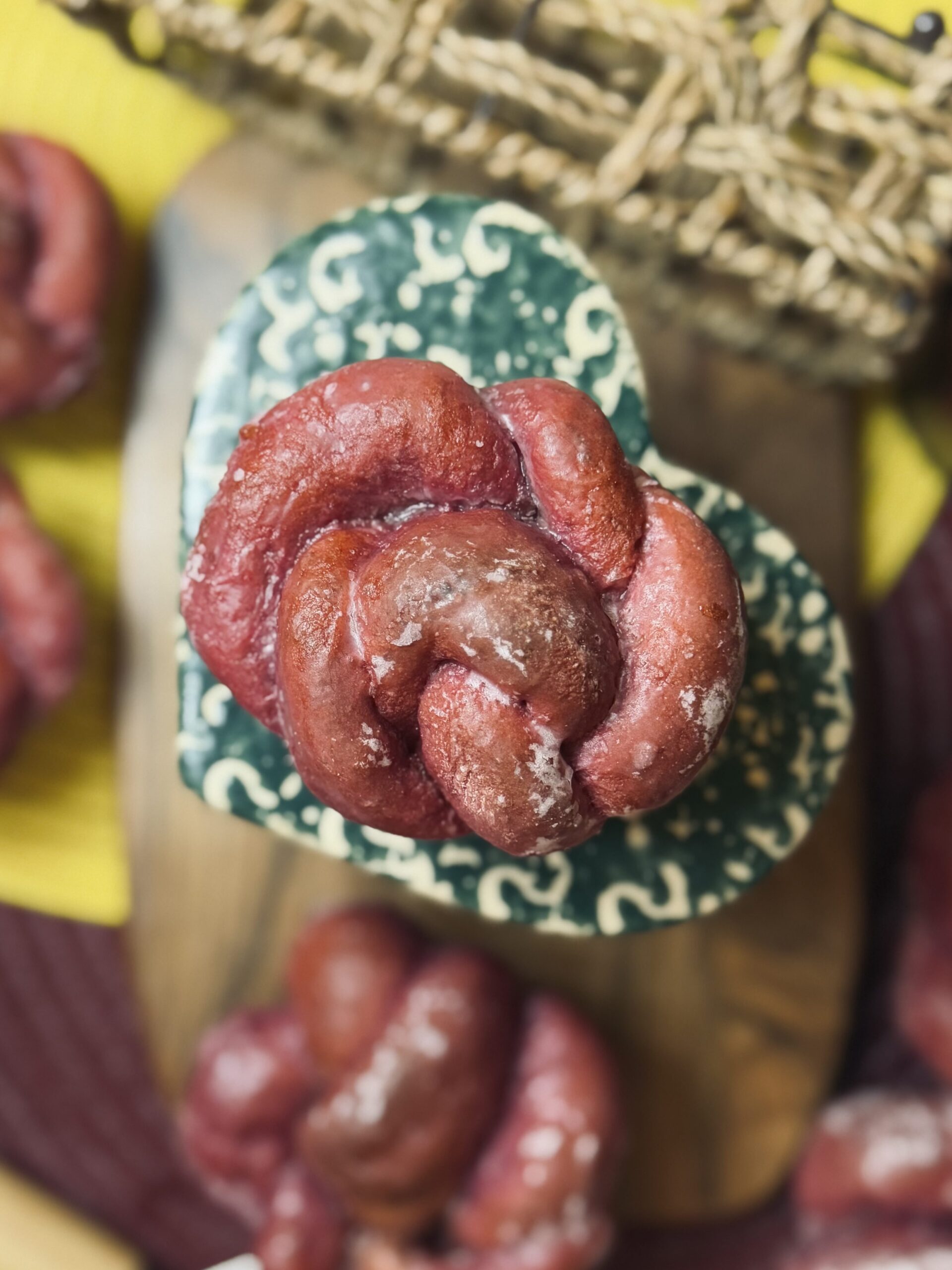
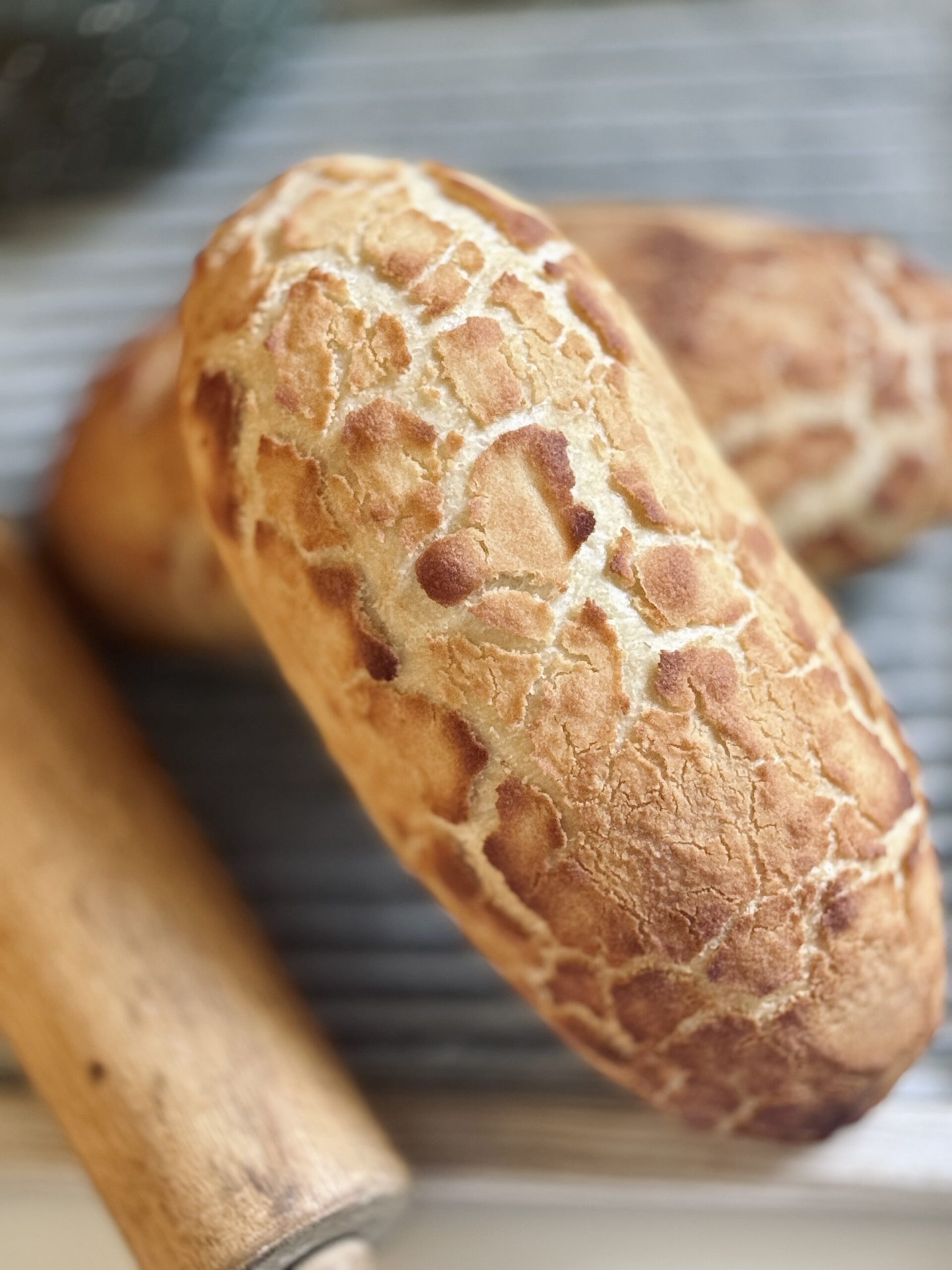
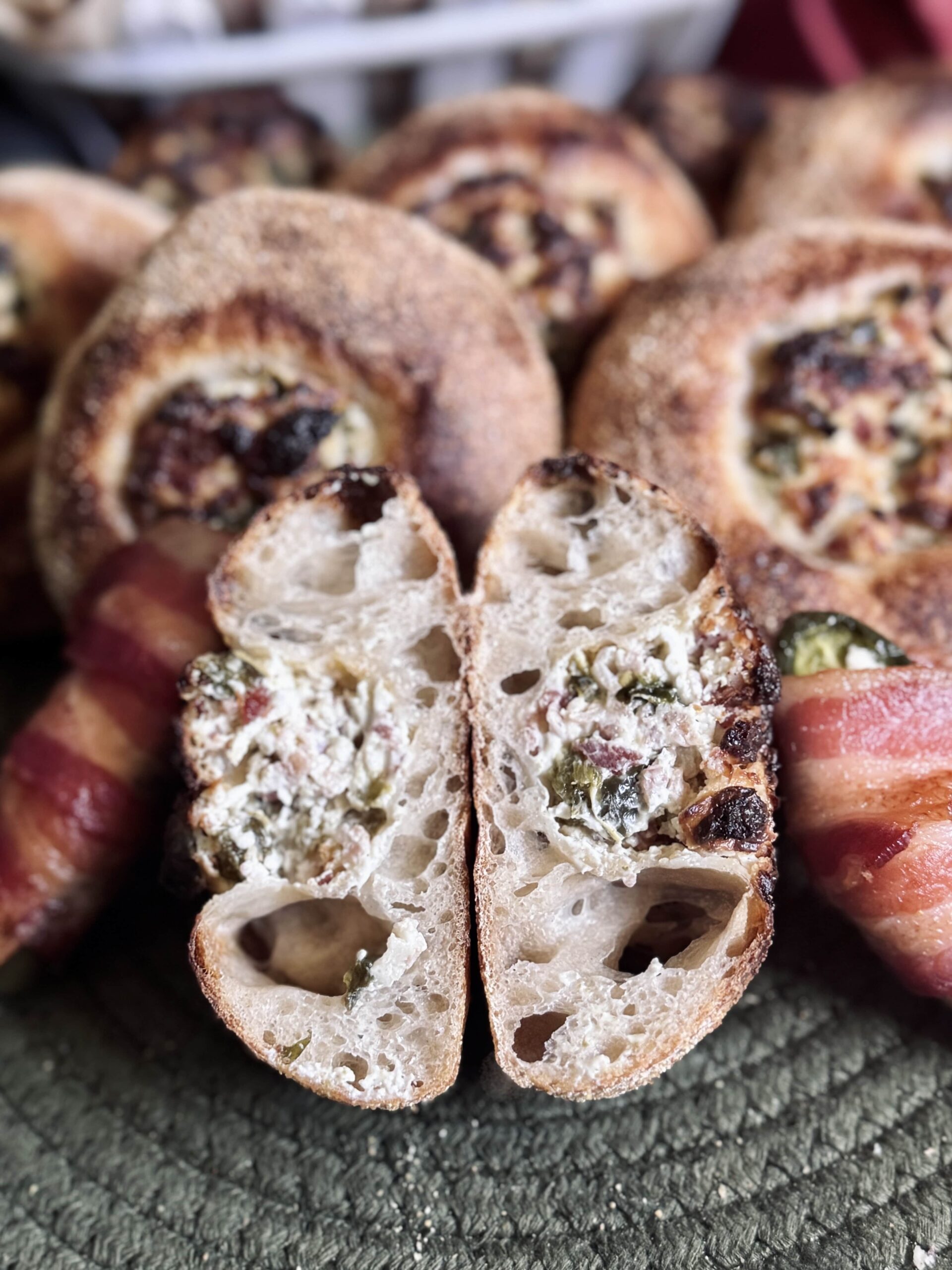
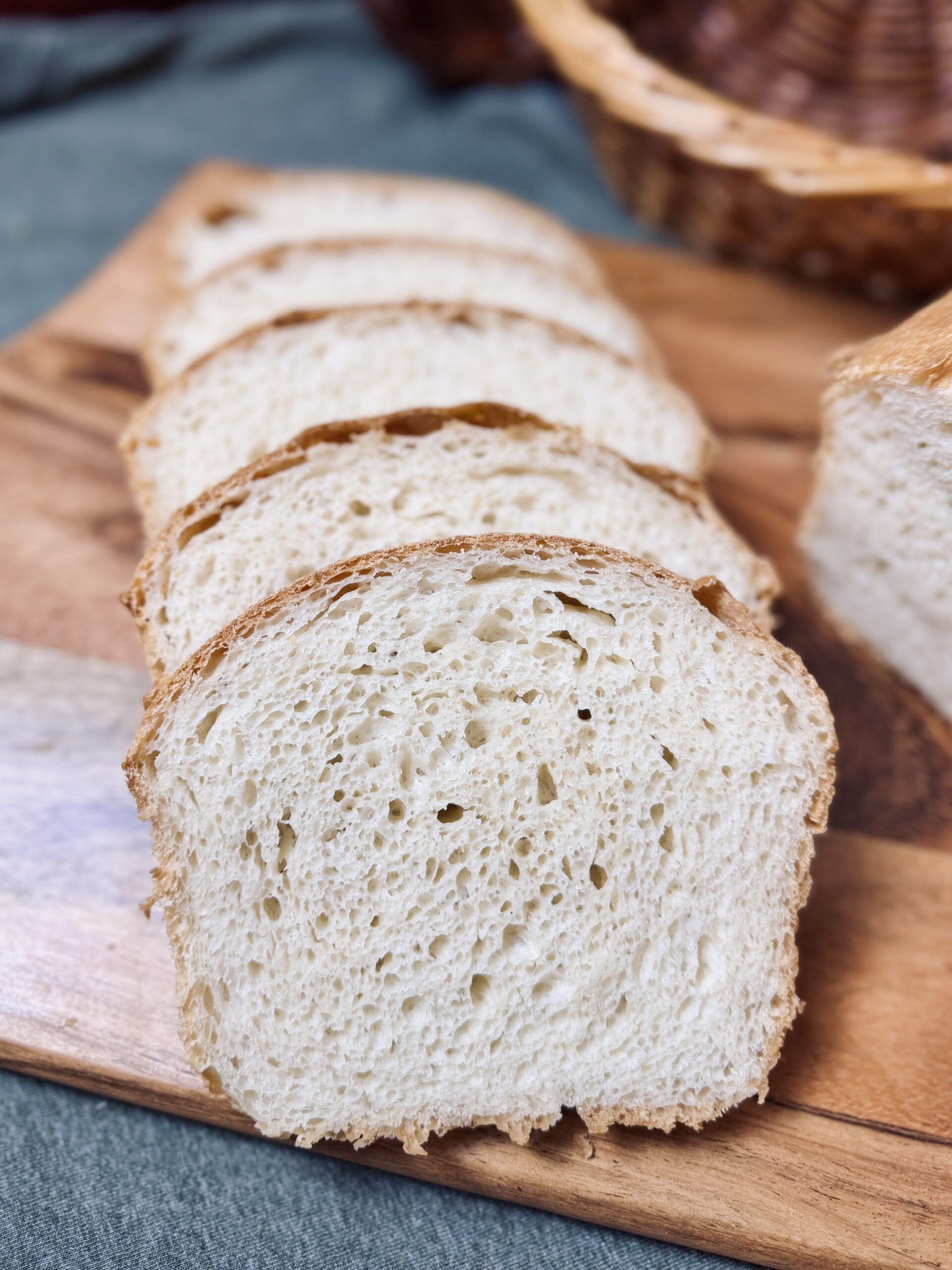
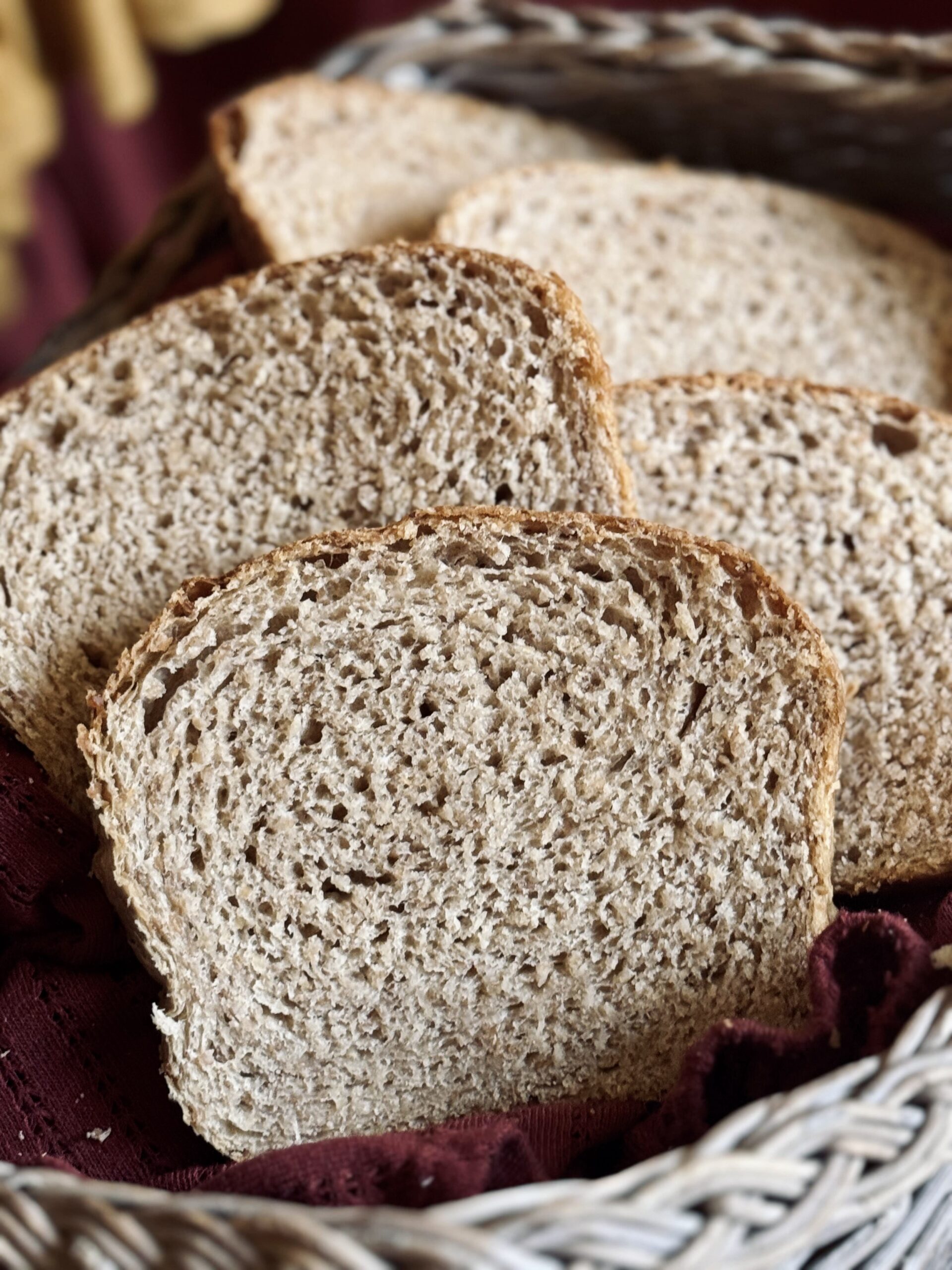
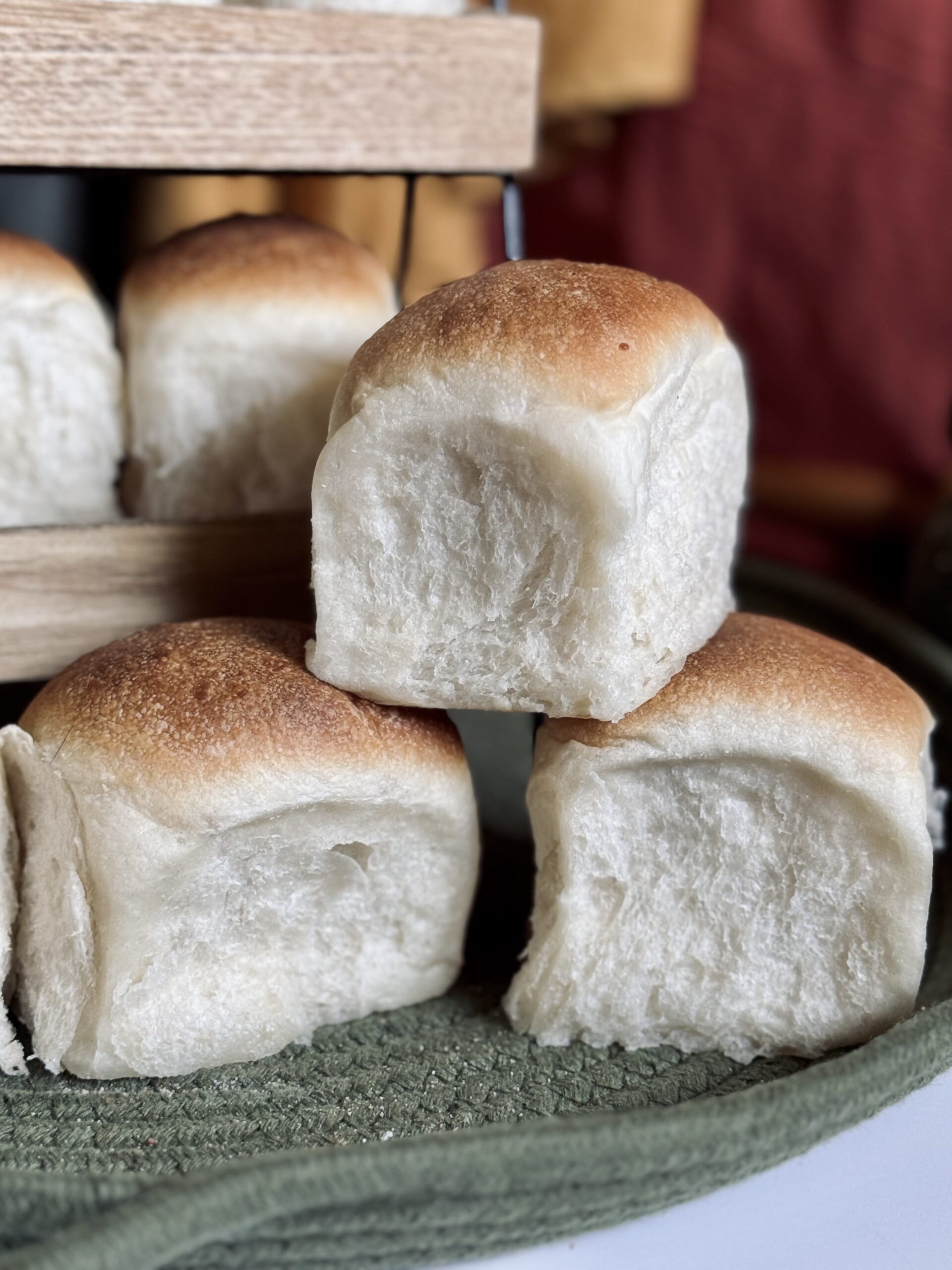
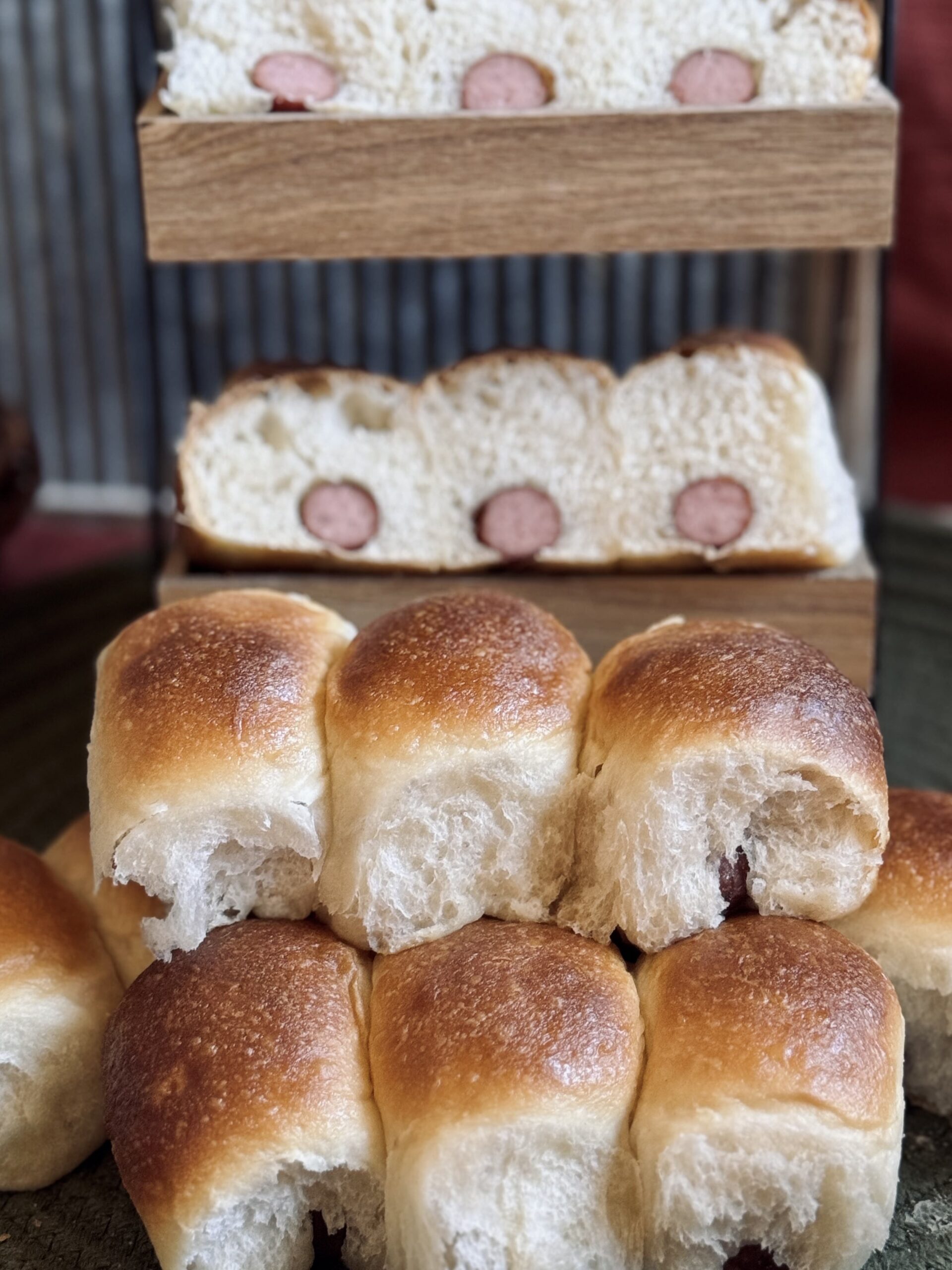
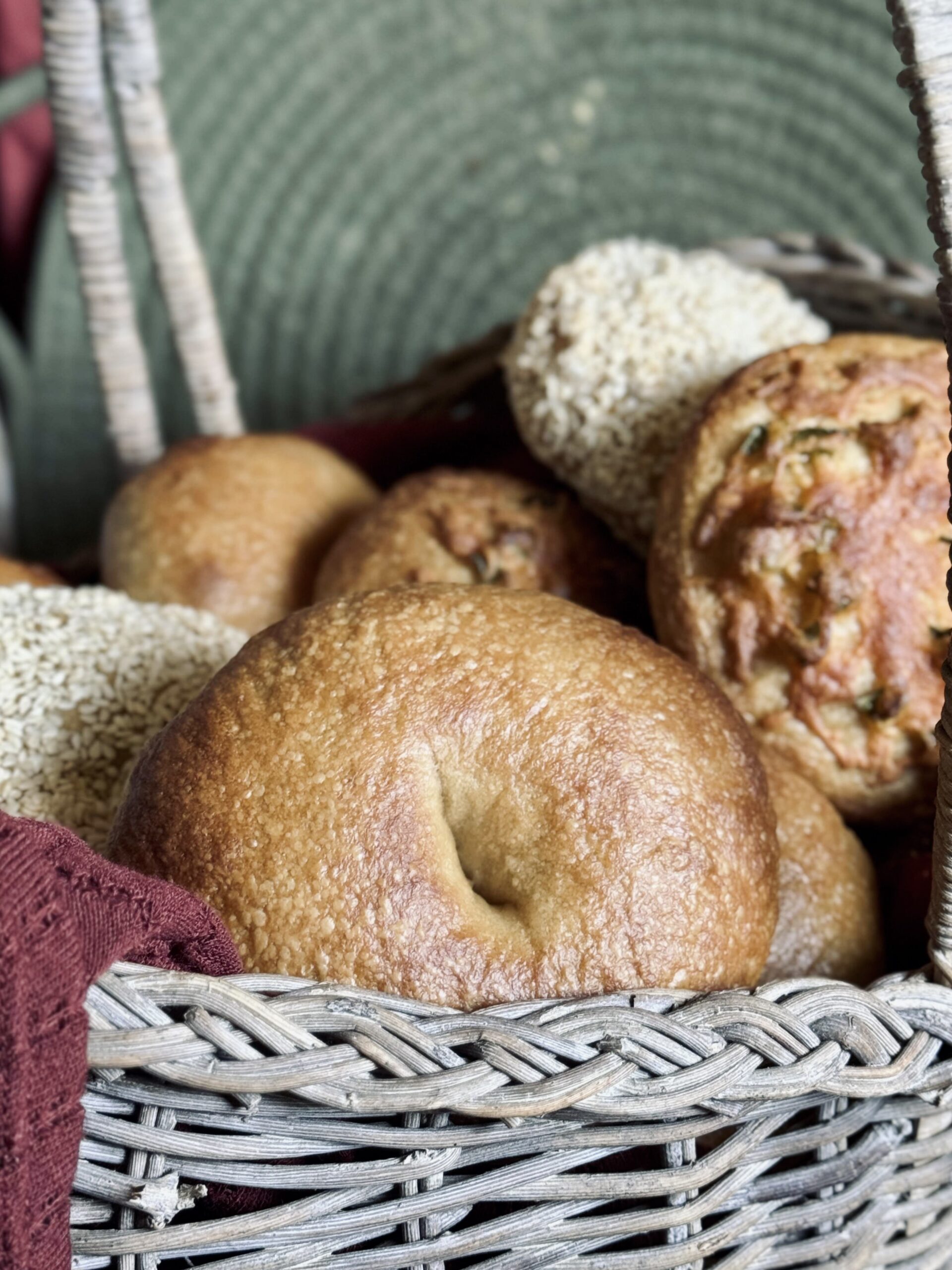
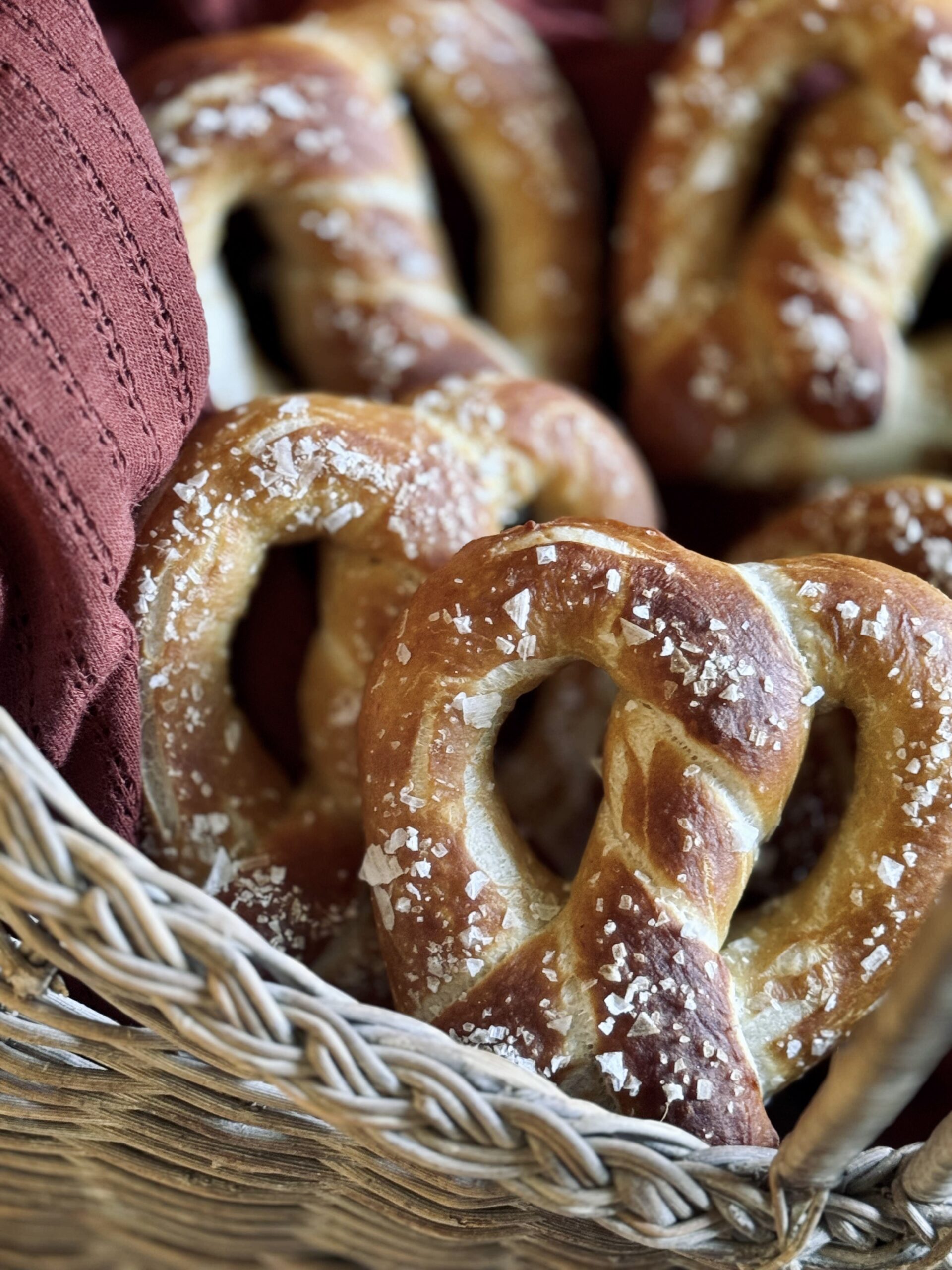








User Reviews
Made this twice using both the refrigeration and overnight timelines. Both ways came out beautifully. Will never buy these in store again. I’ll make them into smaller rolls next time as the current size is too big for us.
I wanted to thank you and congratulate you on an amazing recipe for Hawaiian rolls. I made a different recipe last year and wasn’t was I was hoping for. So I went searching again for Hawaiian rolls for thanks thanksgiving. These were a hit!! Everyone loved them including me, the baker haha the most critic of them all! Absolutely amazing, will definitely make these again! Thank you so much for the teaching on the tangzhong. Really feel like this is what set it apart from the others! These came out perfect. The size of them were a lot larger than the stir bought ones so I just cut them down the middle and that was a perfect size for Thanksgiving dinner. A+ can’t seem to thank you enough!
Thank you so much for the kind words! I’m so glad you all like them!
At this point, I would definitely let it rest for 20-30 minutes, and you can do it in the refrigerator if you feel it is getting too warm. You can check the temp with a meat thermometer – 78 F would be the max you want it to get. The rest will help it relax and form gluten naturally, then you can check for the windowpane and keep kneading, if needed.
Another culprit might be a flour difference. If needed, the amount of milk in the recipe can be reduced to better suit your flour and help kneading happen at a more reasonable rate. To do this, you can reduce the amount in the milk mixture by half, reserving the rest to drizzle in the mixer as needed.
I’m at the stage where I’ve mixed it all together after 20 minutes in my kitchen aid but it seems too wet yet and sticky to slap the sides of the bowl. Maybe it’s too warm? I warmed the milk along with the sugar and butter as outlined. Should I add flour or maybe cool it in the fridge for a while then mix more? Thank you for any advice.